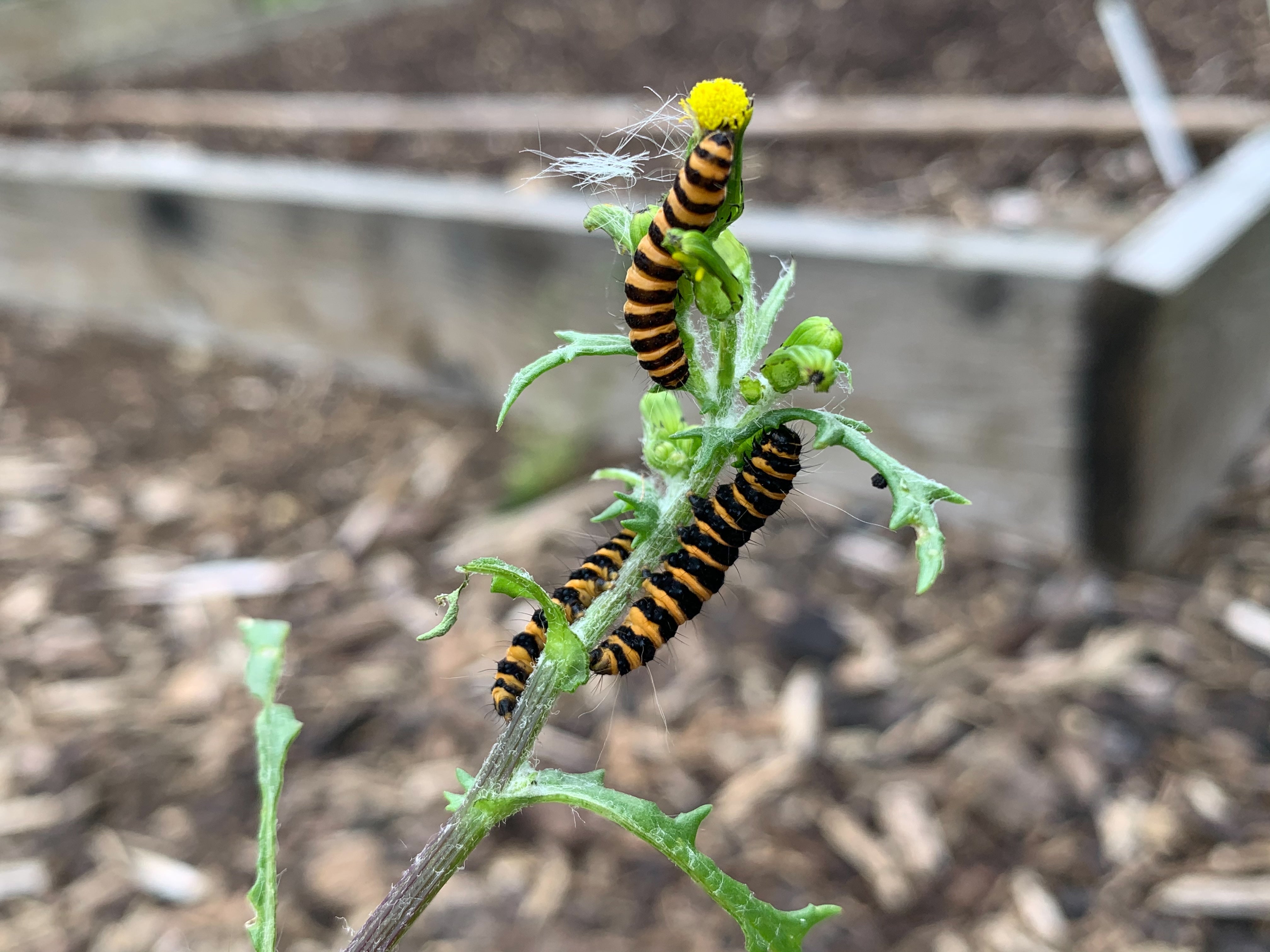Mothy memo

As we mentioned last week, some time in the borders tidying, dead heading, and tieing-in would be the order of the day. Many of the dahlias had broken loose from their moorings and were running riot across their better behaved neighbours so were re-staked with extra canes, tied in very firmly, and spoken to sternly, threatening the horticultural equivalent of the naughty step.
Our beautiful Foxgloves ‘Sutton’s Apricot’ are perennial and have now gone to seed so the spikes were removed and a few of the seeds loosely scattered over the border. Roses were dead headed and those on obelisks were tied in.
We made the most of some spare space in the vegetable garden by sowing our wallflowers-the F1 strain ‘Sunset Orange’, ‘Vulcan’, and ‘Fireking’. These will be mixed in with tulips for a much needed splash of early colour.
While in the vegetable garden we were happy to see the benefits of our tardiness to the local wildlife; some of the paths had developed a healthy rash of weeds including groundsel on which several cinnabar moth caterpillars were fattening themselves up in the sun. This interesting caterpillar with its equally striking black and red parent was introduced into New Zealand in 1929 to act as a biological control for ragwort, a relative of groundsel (they are both a type of Senecio) and is now found in many parts of that country.
Looking at some of the fields around here we’re not sure that the local moth population has received the memo but we’re glad that they are happy to treat our patch as home.
Clothes in action today: Men's Wisley gardening gilet







